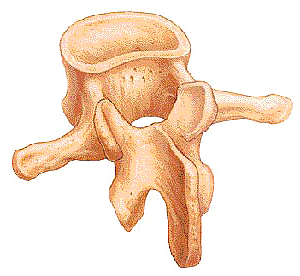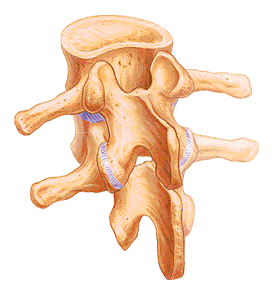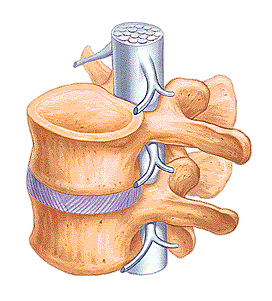Popular Articles
 Joint Pain - The Underlying Cause Of Your Back PainIn This Article
Are joint pain and back pain are related? Read this article to find out.
According to the National Health Interview Survey conducted in the US in 2006, 30% of all adults reported having experienced joint pain in the past 3 months. Even less encouraging data comes from the American Chiropractor Association. They say that, at any given time, 31 million Americans are experiencing lower back pain. These are some alarming facts, but even more alarming are the claims of some sufferers, who blame others for their condition, refusing to take responsibility for their own health. That is the reason behind this article today, to bring the problem closer to you and show you that there is a way out. Anatomy Of The JointsThe joints of the spine are somewhat specific, due to the actual bones that form them – vertebrae. So the bond between two movable parts of the spine consists of three main structures:
Body of the Vertebrae
The most common fracture symptoms are severe back pain, made worse by moving. And due to the location of the fracture itself, spinal cord may be compromised. Lighter accidents can cause only tingling and numbness but if the fracture is more severe it can even lead to paralysis, temporary or permanent. Treatment also depends on the intensity of the injury; most, lighter injuries can be treated non-surgically, taking 6 to 12 weeks to full recovery. Surgical treatment is necessary for patients with significant nerve injury, excessive bending of the spine or fractures where there are many bone fragments. Facet Joint
Even though that feature is very useful for us, it takes its toll on them. The joints are subjected to wear and tear to the point where they become degenerated. In degenerated joints, cartilage is very thin or even non-existent, causing pain, enlargement and changes labeled as arthritic. In addition to degeneration, pain can be caused by irritation of the joint capsule itself. Since the capsule is riddled with various nerve endings, it will “complain” quite vigorously, causing severe pain. Luckily, there are a lot of nun-surgical treatment options available such as exercises combined with proper medication, stretching, correct posture and heat therapy. Intervertebral Discs
To prevent this from happening, nature made sure the discs are held firmly in place, allowing very little movement and minimizing the possibility for injury. But as we grow older, they will slowly deteriorate and cause problems. Even though they deteriorate over time, the biggest contributing factor to the pain is the human itself. Our lifestyle, bad choices, and practices over the years can put an enormous amount of strain to our dear intervertebral discs. The inner material starts to swell up, pushing against the outer membrane. If the swelling is substantial enough, it will put pressure to the surrounding nerve tissue and cause pain. The worst thing that could happen is for the outer membrane to rupture, causing extreme, excruciating pain, leaving you unable to move. Further movement and damage can potentially cause irreversible changes so you must leave whatever it is you are doing, and rush to the doctor`s office. Treatment for a herniated disc is pretty straightforward, avoid movement which causes pain combined with proper medication. More severe cases may require surgery. Sources
http://www.cdc.gov/mmwr/preview/mmwrhtml/mm5717a9.htm http://www.lpch.org/DiseaseHealthInfo/HealthLibrary/arthritis/joint.html
[+] Show All
|
| Next Article: How to Stop Arthritis |





 The body of the vertebrae is very strong and resistant to
The body of the vertebrae is very strong and resistant to  Facet joints, and spinal joints in general, are one of the most utilized joints on a daily basis. Whether we are sitting, lying,
Facet joints, and spinal joints in general, are one of the most utilized joints on a daily basis. Whether we are sitting, lying,  The pain caused by intervertebral disc injuries can be quite excruciating, debilitating, making you helpless since movement will only make it worse.
The pain caused by intervertebral disc injuries can be quite excruciating, debilitating, making you helpless since movement will only make it worse.